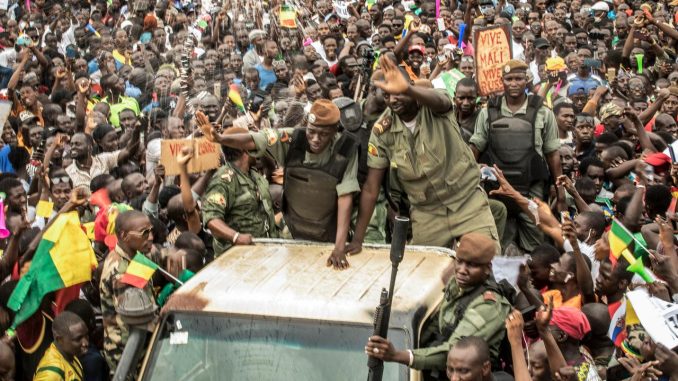
What is a junta and how does it come to power?
A junta is a type of government that is led by military leaders. It consists of a small group of rulers who exercise political and military control over a country. Juntas usually come to power through a coup or a coup d’état. This means that they overthrow the existing government, often by force, and take control of the country.
Once in power, juntas often establish autocratic rule and suppress political opposition. They typically rule with an iron hand, imposing strict laws and restrictions on the population. Juntas tend to prioritize military interests and maintain a strong military presence within the government.
The current junta in Niger
In Niger, a junta recently took control of the country. On February 21, 2021, the incumbent President Mahamadou Issoufou handed over power to the military after they detained the President of the National Assembly and other top government officials.
The junta, known as the Supreme Council for the Restoration of Democracy (CSRD), is headed by Colonel Major Djibrilla Hima Hamidou. They have suspended the constitution and dissolved the government, promising to establish a transitional civilian government within a year and hold elections.
The military takeover in Niger has drawn international condemnation, with many countries urging for a swift return to democratic governance. Concerns have been raised regarding the impact of the junta’s rule on human rights and the potential for instability in the region.
Juntas in Africa and around the world
Aside from the junta in Niger, there is currently another active junta in Myanmar. However, juntas are more commonly associated with Africa and Latin America.
In Africa, juntas have historically been prevalent, with several countries experiencing military takeovers at different points in time. These include Burkina Faso, Mali, Guinea-Bissau, and Egypt, among others. The motivations behind these military takeovers vary, ranging from allegations of corruption and misgovernance to power struggles between different factions within the ruling elite.
In Latin America, juntas were especially prominent during the 20th century. Countries like Argentina, Chile, Brazil, and Uruguay witnessed periods of military rule, often marked by human rights abuses and censorship. The impact of juntas in Latin America has had long-lasting effects on the political and social fabric of these countries.
The end of juntas and the transition to democracy
While juntas can stay in power for extended periods, there have been instances where they have been overthrown or transitioned to democratic governance.
In some cases, internal pressure from civil society groups, political movements, and international pressure has led to the downfall of a junta. This was evident in several Latin American countries, where sustained protests and international isolation ultimately forced military rulers to step down and restore civilian rule.
In other cases, the ruling military leaders themselves may decide to transition to civilian rule. This could be due to internal disagreements, pressure from international actors, or a desire to legitimize their rule. The transition from a junta to democracy can be a complex process, often involving the drafting of a new constitution, the organization of elections, and the establishment of parliamentary institutions.
In conclusion
A junta is a government led by military leaders that comes to power through a coup or a coup d’état. They often rule with an iron hand, suppress political opposition, and prioritize military interests. While juntas can be found in different parts of the world, they have been particularly prevalent in Africa and Latin America. The recent junta in Niger has raised concerns about the future of democratic governance in the country and the region as a whole.

Be the first to comment